magine you’ve been asked to host a dinner party, but you don’t know when or where it will be. You don’t know if you’ll be cooking for five people or 50. No one has told you what’s on the menu or where you can buy food. Oh, and you have no idea what your budget is. Sounds stressful, right?
Now imagine all those unknowns in a life-or-death situation — a massive earthquake or flood — and the situation gets much more serious.
That’s what Mahyar Eftekhar, associate professor of supply chain management, and Scott Webster, professor of supply chain management, address in their paper, “Prepositioning and Local Purchasing for Emergency Operations Under Budget, Demand, and Supply Uncertainty,” published in Manufacturing & Service Operations Management. Co-authored by Jing-Sheng Jeannette Song from Duke University, the research aims to help humanitarian organizations make decisions about their rapid-onset disaster response inventory.
Taking a position on prepositioning
Eftekhar, who has spent years researching humanitarian logistics, says the goal of the research was to take the guesswork out of prepositioning inventory for large international humanitarian organizations that want to move into a disaster area immediately to distribute relief items.
“The problem is that because we don’t know what kind of disaster at what magnitude might occur, we don’t know what kind of inventory items we should store,” Eftekhar says. The problem is compounded by supply uncertainty. Many humanitarian organizations prefer to buy relief items on-site to stimulate local economies, but if the disaster occurs in a very poor country, or the banking system collapses, or the disaster’s magnitude is so large that it affects the local supply, procuring relief items from the local market can be impossible.
Most large humanitarian organizations will pre-position inventory in strategically located warehouses around the world so they have relief supplies on hand in the event of a disaster.
However, right after a disaster, time matters, Eftekhar says. “They cannot wait for a cheap transportation mode, so supplies are typically transported by air, which is extremely expensive.”
During emergency relief operations, transportation accounts for 46% of an item’s landing cost. It’s money that could be better spent on buying supplies locally — if they’re available. So the best approach for most humanitarian organizations is a mixed policy: Buy what they can locally and have some inventory to fill in the gaps. But how much?
That’s not an easy question, particularly when budgets are limited.
So, Eftekhar and his co-authors created a model to help nongovernmental organizations optimize their inventory. Although there’s no perfect formula, the model helps clarify in what situations the organizations should increase or decrease their prepositioned inventory levels.
He says many previous models required detailed data that is simply not available at the onset of a disaster. Their model does not. What it does require is that the organization has a clear strategy with knowledge about the price and “general estimation” of the availability of relief items, as well as a realistic view of how much disaster response demand they can cover.
Money matters
All of these considerations would be less complex if humanitarian organizations had big enough budgets. Instead, they typically rely on emergency funding received as the disaster is unfolding, adding another unknown to the equation. In some situations, Eftekhar says, the value of emergency funds is much lower than preinvesting in inventory.
On an individual level, he says, “donating to humanitarian organizations on an ongoing basis, rather than in response to an emergency, can help give them the flexibility to make better inventory decisions.”
— Jennifer Daack Woolson